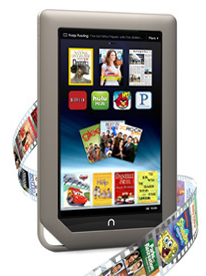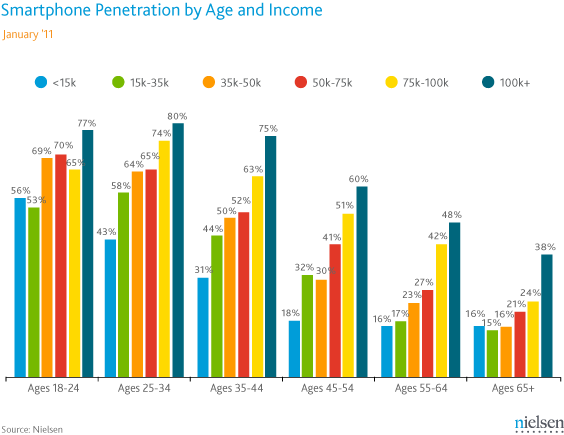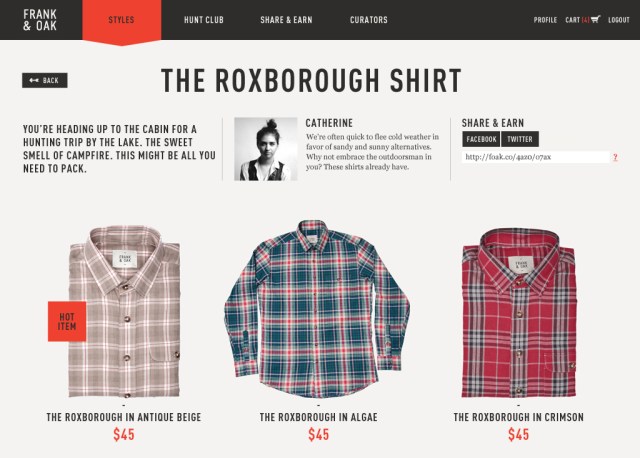
Most of us are quite familiar
with what EZ Passes are used for, but we probably weren't too familiar with how
they worked until we learned about RFID in class. These are the main components
of the EZ Pass system: transponder, antenna, lane controller, and host computer
system. The transponder is the EZ Pass device that is placed on the inside of
the car's windshield behind the rear-view mirror. The transponder is
a battery-operated RFID unit that transmits radio signals. The RFID transponder
has some basic account information stored in it, such as ID number and whose
name the account is in. The antennas, which are the electronic readers, are
positioned above each toll lane. The antennas emit radio frequencies that
communicate with the transponder; with a detection zone of about 6 to 10 feet
wide and about 10 feet long. Some toll systems use light curtains. A light
curtain is a beam of light that is directed across the lane and when the beam
is broken, the system knows a car has entered.
Here is how the EZ Pass system works:
1) As a car approaches a toll plaza, the RF field emitted from
the antenna activates the transponder.
2) The transponder broadcasts a signal back to the lane antenna
with some basic info.
3) That info is transferred from the lane antenna to the central
database (host computer system).
4) A toll is deducted from the driver's prepaid account.
5) The lane gate opens via the lane controller (computer that
controls the lane equipment).
6) A green light indicates that the driver can proceed. Some
lanes have text messages that inform drivers of the toll just paid and their
account balance.
Since this whole process takes only a few seconds, electronic
toll-collection systems allow traffic to move faster. EZ Pass lanes are monitored
using video cameras so if a car does not have a transponder, the camera records
and takes a snapshot of the license plate and the vehicle owner will receive a
violation notice in the mail...and believe it to be true; personal experience!!
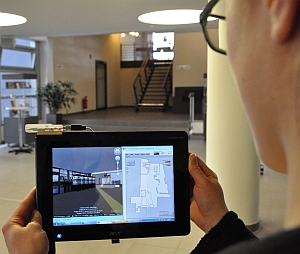



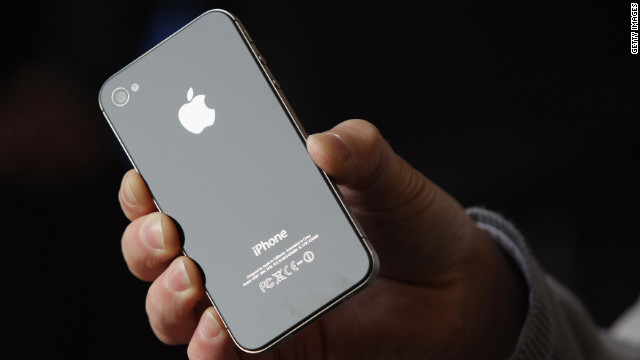





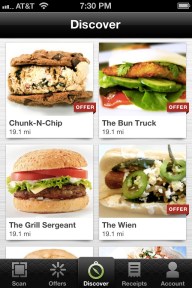
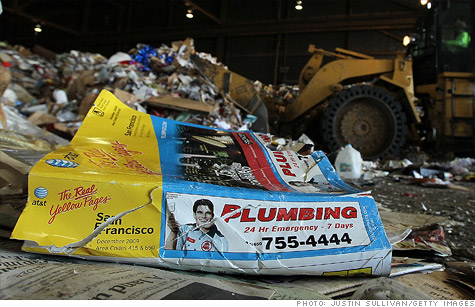
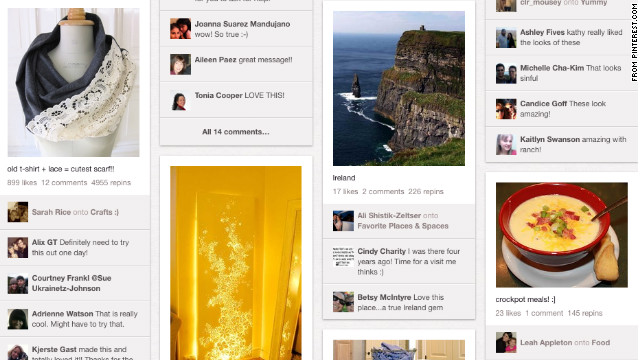



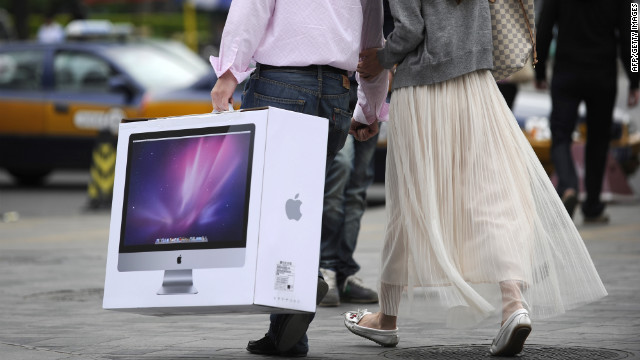




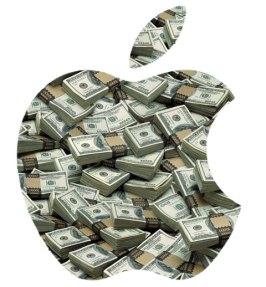



![[25socmed]](http://si.wsj.net/public/resources/images/BF-AC345_25socm_DV_20120224201826.jpg)




